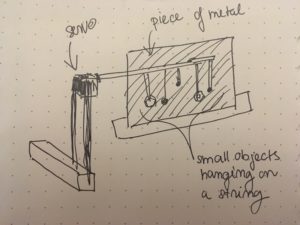Beginning this reading started out the way most things begin: disappointing.
“Here is the future” and then, a video. A magical video. I was so excited to watch it. And then, as I clicked “play”….
VIDEO UNAVAILABLE
great.
I loved the tone of this reading. It kept me engaged and drew me in as it presented ideas I hadn’t thought of before. I completely agree with most of them. A group of inspired people is definitely one of the most powerful forces and hands are super important for doing anything in life.
I appreciated his ability to make me think about little actions I did and how those little actions weren’t so little for my hands. Tying my shoes, for example, had such precise, nuanced movements and habits that I had learned over time. When you first learn how to tie your shoes, you’re clumsy and you don’t quite understand how to do it. As it becomes muscle memory, however, your hands figure out how to move in just the right way. Hands are such an impressive part of our body. With all the joints, bones, and possibilities, why wouldn’t we use them to enhance our technology?
The thing that stuck with me the most, however, was the quote “with an entire body at your command, do you seriously think the future of interaction should be a single finger?”
This really made me think about where our technology is right now and where we see it going in the future. Phones started with using one finger to swipe, one finger to type in a password. Then, it was one finger that would read fingerprint and unlock the phone. Now, we’re even beyond that. Facial recognition. Why are we straying from hands when Bret so truthfully pointed out that the future is in them?


